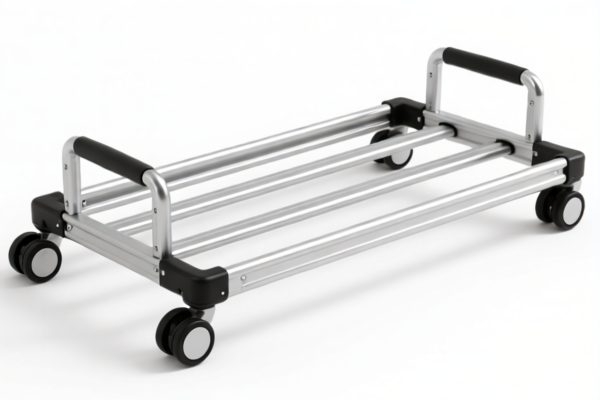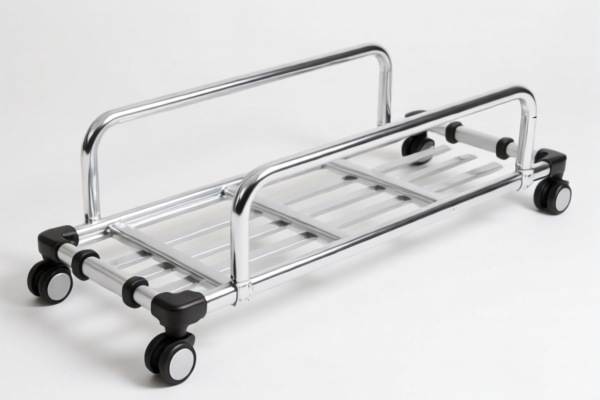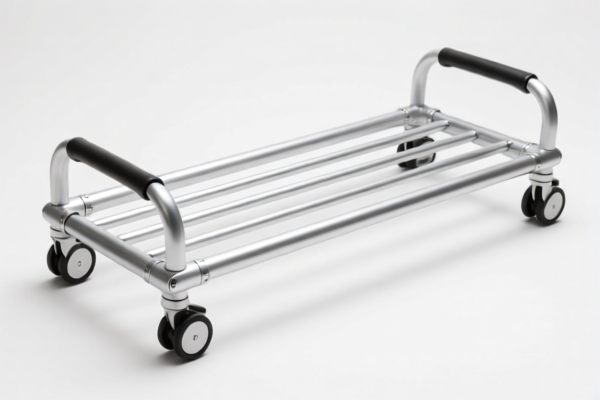| HS Code | Official Doc | Tariff Rate | Origin | Destination | Effective Date |
|---|---|---|---|---|---|
| 8716400000 | Doc | 55.0% | CN | US | 2025-05-12 |
| 8716905060 | Doc | 58.1% | CN | US | 2025-05-12 |




Roof Luggage Rack
A roof luggage rack is a carrier designed to hold luggage and other items on the roof of a vehicle. These racks extend a vehicle’s cargo capacity, particularly useful for transporting items that do not fit inside the passenger cabin or trunk.
Materials
Roof racks are constructed from a variety of materials, each offering different strengths and weaknesses:
- Steel: Durable and cost-effective, steel racks are often powder-coated to resist rust and corrosion. However, they are heavier than other options.
- Aluminum: Lightweight and corrosion-resistant, aluminum is a popular choice for fuel efficiency. It is generally more expensive than steel.
- Composite Materials: Combining strength and lightness, composite racks (often utilizing plastics and aluminum) offer a balance of performance and cost.
Purpose & Function
The primary function of a roof luggage rack is to increase cargo-carrying capacity. They enable the transport of:
- Luggage: Suitcases, duffel bags, and other travel items.
- Sporting Equipment: Kayaks, canoes, skis, snowboards, bicycles, surfboards, and paddleboards.
- Camping Gear: Tents, sleeping bags, and other outdoor equipment.
- Construction Materials: Lumber, pipes, and other building supplies (depending on rack capacity and vehicle limitations).
Roof racks distribute weight across the vehicle's roof structure, reducing strain on the suspension and interior space.
Usage Scenarios
- Road Trips: Transporting luggage and gear for extended travel.
- Outdoor Activities: Carrying sporting equipment to recreational destinations.
- Moving: Transporting smaller items during relocation.
- Work/Construction: Hauling materials for job sites.
- Camping & Overlanding: Supporting the transport of essential camping and exploration equipment.
Common Types
Roof luggage racks are categorized based on their mounting method and design:
- Rain Gutters: Older vehicle style, clamps directly to the rain gutters. Less common on modern vehicles.
- Factory Rails: Utilizes existing raised rails on the vehicle’s roof. Often require specific compatibility with the rail type.
- Fixed Points: Mounts to pre-existing, fixed anchor points on the roof.
- Flush Rails: Mounts to tracks that are flush with the roof surface.
- Crossbars: The most common type, consisting of horizontal bars that span the roof. These can be paired with various attachments (cargo baskets, bike racks, kayak carriers, etc.).
- Cargo Baskets: Enclosed carriers with mesh or solid walls, providing secure transport for bulky items.
- Platform Racks: Heavy-duty racks with a flat surface, suitable for large or irregularly shaped items.
- Aero Racks: Streamlined crossbars designed to reduce wind noise and drag, improving fuel efficiency.
Considerations
- Vehicle Compatibility: Ensure the rack is designed for the specific make, model, and year of the vehicle.
- Weight Capacity: Adhere to the manufacturer's specified weight limit to prevent damage to the vehicle's roof or rack.
- Load Distribution: Distribute weight evenly across the rack for stability and safety.
- Attachment Security: Properly secure all items to the rack to prevent shifting during transit.
- Aerodynamics: Consider the impact of the rack on the vehicle's aerodynamics and fuel efficiency.
- Height Restrictions: Be mindful of the added height when entering garages or other low-clearance areas.
Based on the provided information, determining the precise HS code for “roof luggage rack” is challenging as the reference material does not explicitly list this item. However, we can explore potentially relevant codes based on the descriptions provided.
Here are the HS codes that might be applicable, based on interpretation of the available data:
- 8716400000: This code covers “Other trailers and semi-trailers”. While a roof luggage rack isn’t a trailer or semi-trailer in the traditional sense, it could be considered a vehicle component if permanently attached to a vehicle for carrying goods. The basic duty rate is 0.0%, with an additional duty of 25.0%, increasing to 30% after April 2, 2025, resulting in a total rate of 55.0%.
- 8716905060: This code covers “Trailers and semi-trailers; other vehicles, not mechanically propelled; and parts thereof: Parts: Other Other”. If the roof luggage rack is considered a part of a vehicle (and not a vehicle itself), this code may be applicable. The basic duty rate is 3.1%, with an additional duty of 25.0%, increasing to 30% after April 2, 2025, resulting in a total rate of 58.1%.
According to the provided reference material, the HS code options related to 'roof luggage rack' are limited, with only the following 2 found.
It is important to note that the final HS code classification should be determined by customs authorities based on a thorough examination of the product's material, construction, and intended use.
Customer Reviews
No reviews yet.